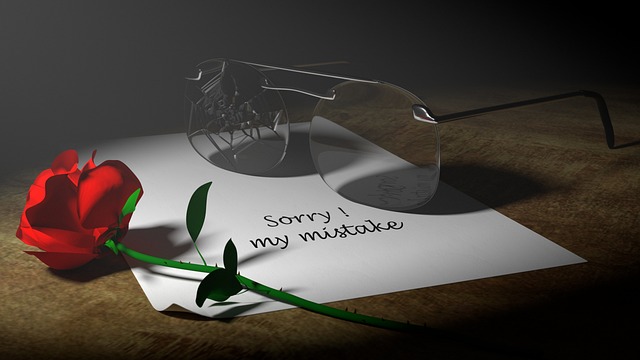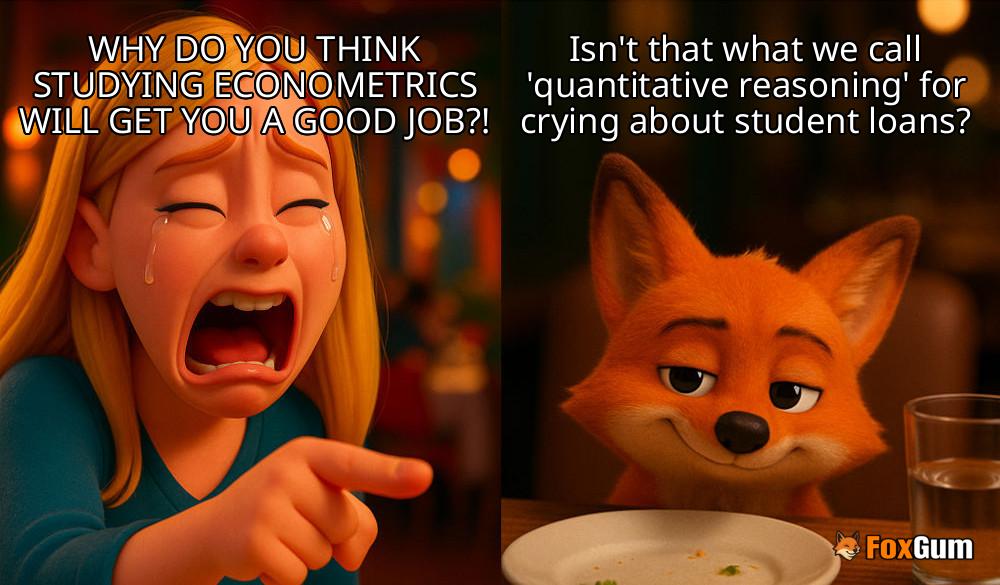
What is Additive Manufacturing?
Additive manufacturing, often known as 3D printing, is like the magic wand of the manufacturing world. With a sprinkle of technology and a dash of creativity, it allows us to create three-dimensional objects layer by layer. Think of it as a high-tech version of building with LEGO, except instead of colorful bricks, you’re using materials like plastic, metal, or even chocolate (yes, chocolate!). 🍫
How Does It Work?
The process is fairly straightforward, if you ignore the complex science behind it. First, a digital model of the object is created using computer-aided design (CAD) software. This model acts like a blueprint. Then, the magic happens: the printer lays down successive layers of material until the object is fully formed. Each layer is a thin slice of the final product, much like a delicious cake being built one layer at a time. 🎂
Types of Additive Manufacturing
There are several types of additive manufacturing techniques, each with its own flair:
- Fused Deposition Modeling (FDM): This is the most common method, where thermoplastic filaments are melted and extruded to form layers.
- Stereolithography (SLA): This technique uses a laser to harden liquid resin into solid shapes. Think of it as a fancy light show that creates objects.
- Selective Laser Sintering (SLS): Here, a laser fuses powdered materials, creating strong and durable parts. It’s like playing with powdered sugar, but with more serious consequences.
- Binder Jetting: A liquid binder is used to glue together powder particles. It’s the closest thing to making a sandcastle without the beach!
Applications of Additive Manufacturing
The applications of additive manufacturing are as diverse as the materials used. From creating prototypes for new products to producing custom medical implants and even aerospace components, the possibilities are endless. Imagine a world where you can print your own shoes or even a replacement part for your car, all from the comfort of your living room. Talk about convenience!
Benefits of Additive Manufacturing
Why should businesses and consumers care about this technology? Here are a few compelling reasons:
- Customization: Additive manufacturing allows for personalized products tailored to individual needs. It’s like having a bespoke tailor, but for your gadgets!
- Reduced Waste: Traditional manufacturing often results in a lot of waste material. Additive manufacturing, on the other hand, only uses what’s necessary. Mother Earth would approve!
- Speed: The rapid prototyping capabilities mean that products can go from idea to reality faster than you can say “3D print.”
Challenges Ahead
Of course, it’s not all sunshine and rainbows. Additive manufacturing does face some challenges. For one, the materials can be expensive, and there are still limitations on the size and complexity of objects that can be printed. Additionally, the technology is continually evolving, which means staying updated can feel like trying to keep up with the latest TikTok dance trends.
Conclusion
In conclusion, additive manufacturing is reshaping the landscape of production and innovation. Whether you’re a business looking to streamline operations or a hobbyist dreaming of your next project, the world of 3D printing is an exciting frontier. So, grab your virtual blueprints and get ready to print your way into the future!

















 Grade Improvement in Vit Bhopal
Grade Improvement in Vit Bhopal 
 Health
Health  Fitness
Fitness  Lifestyle
Lifestyle  Tech
Tech  Travel
Travel  Food
Food  Education
Education  Parenting
Parenting  Career & Work
Career & Work  Hobbies
Hobbies  Wellness
Wellness  Beauty
Beauty  Cars
Cars  Art
Art  Science
Science  Culture
Culture  Books
Books  Music
Music  Movies
Movies  Gaming
Gaming  Sports
Sports  Nature
Nature  Home & Garden
Home & Garden  Business & Finance
Business & Finance  Relationships
Relationships  Pets
Pets  Shopping
Shopping  Mindset & Inspiration
Mindset & Inspiration  Environment
Environment  Gadgets
Gadgets  Politics
Politics 